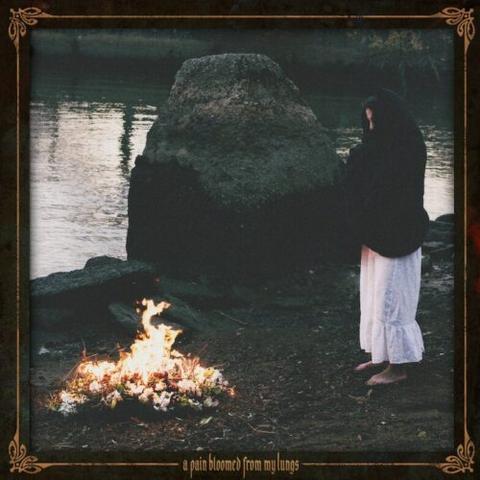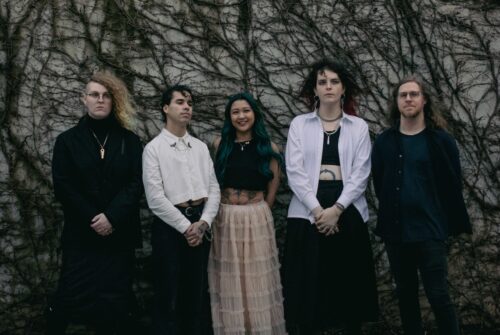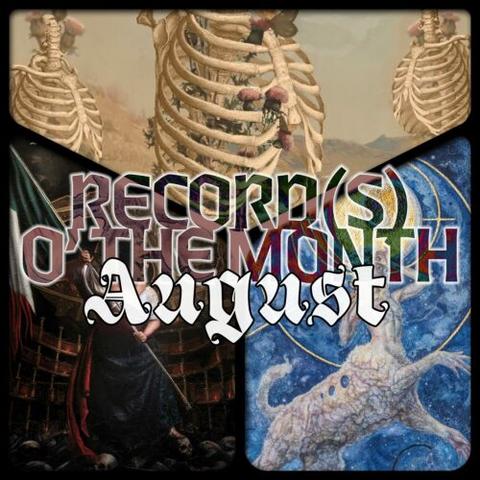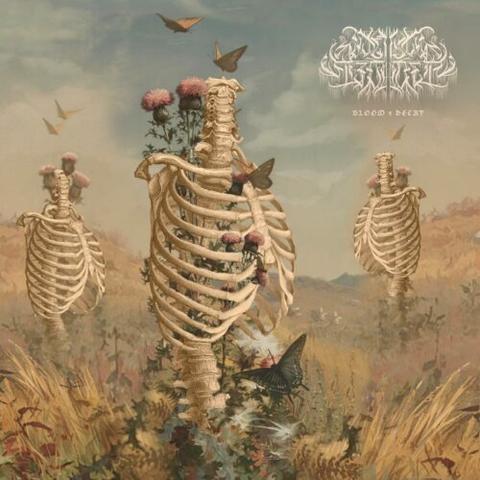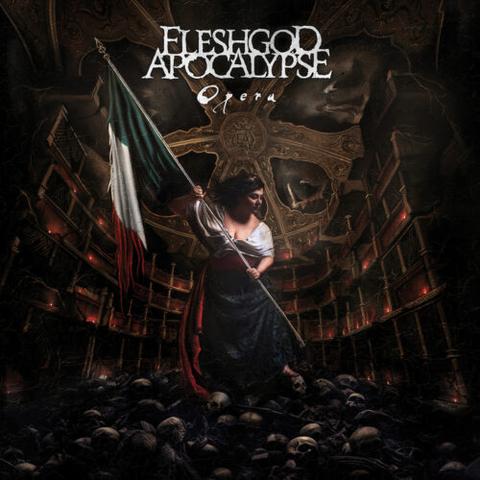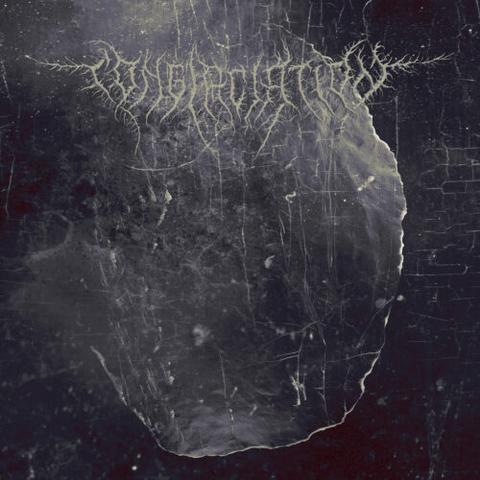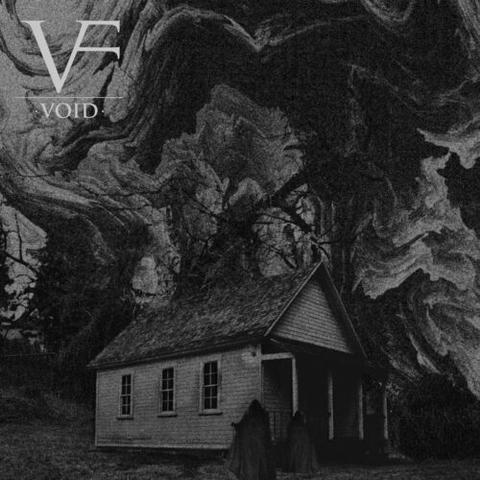Lástima – A Pain Bloomed from My Lungs Review
By Twelve
I was first made aware of US-based Lástima, as is often the case around here, from a casual perusal in our Promo Pit. After reading way too many promo spiels in one sitting, I came across A Pain Bloomed from My Lungs. The aforementioned band’s blurb was in fact a personal account from a label executive, recounting how he was so blown away by their live performance “in one of the dingiest punk basements [he’s] had the pleasure of skulking in.” His description of a “vicious but hauntingly beautiful post-black assault” won me over, and here I am now, trying to repay the unique promo experience with a review. The story made me want to see Lástima perform in a dingy punk basement—can their debut full-length achieve the same?
With a clean polish and an affinity for harmony, A Pain Bloomed from my Lungs is the opposite of a dingy punk basement in many ways. It’s got all the makings of high-quality metal in the Deafhaven style—it’s got the post-, the -core, and the -gaze blended together through a black metal formula. One thing that will set Lástima apart is Thuy Nguyen, whose omnipresent violin gives A Pain Bloomed from my Lungs a neo-classical feel, even as vocalist Richie DeVon growls, sings, and shrieks his way through the journey. DeVon’s riffs, jointly with Eric Mauro’s, give bassist Hazel Whitman and drummer Sam Hyla much to keep up with, but the album’s pace is another one of its strengths. Another differentiator is Lástima’s influence from Latin culture, present in theme and occasional language choice, as in songs like “Al Cerro Ancón” and “Espantapájaros (1930).” Put together, it’s a strong sound that does not, at first pass, sound much like it is “only” a debut.
The greatest strength of A Pain Blossomed from my Lungs, however, is its affinity for emotional composition and Lástima’s for executing them. The gorgeous violin-guitar duo that kicks off “Al Cerro Ancón,” the clean singing that builds to a climax in “Redux,” and even the brief-but-gorgeous “Hazel Interlude” showcase Lástima’s significant potential. “Sin Sol” is another great example, a song with peaks and valleys from strong black metal, harsh and furious riffs, and quieter, classical moments. The ebb and flow of “Sin Sol” in particular suggests a seasoned approach that is frankly delightful to experience, and so much of it so heartfelt, leaning into the beauty of Nguyen’s violin and the emotional compositions.
So there’s a lot going on in A Pain Blossomed from my Lungs, much of it contradictory, as Lástima leans into juxtaposition to achieve emotional resonance. There are moments, however, where these opposites don’t attract, often because one style works so much better than another. DeVon’s vocals, for example, shift between hardcore shouts, plaintive cleans, and black metal screams. The trouble is, I love DeVon’s cleans more than his screams, and I like his screams much more than his shouts. Similarly, Nguyen’s violins are beautiful, but their constant presence detracts from the heaviest songs, “Lyla” chief among them. There’s a sense that Lástima wants Nguyen to always have something to do, but there are times when there is too much happening. This is especially the case in “Lyla” and “Septiembre,” both of which might have benefited from a more relaxed approach.
I could argue that A Pain Blossomed from my Lungs is an uneven listen, but that would send the wrong idea—it hovers between being good and very good, between pleasant and active listening. I can see how Lástima won over a label from a single live performance—I’ll be keeping an eye out to see if they appear near me. A Pain Blossomed from my Lungs deftly balances styles and emotions. Whether you’re a fan of black metal or more of a -core/-gaze kind of listener, there’s something to check out here… so I recommend you do.
Rating: 3.0/5.0
DR: 8 | Format Reviewed: 4,608 kbps WAV
Label: Liminal Dread Productions
Websites: lastimamusic.bandcamp.com | facebook.com/lastimamusic
Releases Worldwide: May 16th, 2025
#2025 #30 #APainBloomedFromMyLungs #AmericanMetal #BlackMetal #Deafhaven #Lástima #LiminalDreadProductions #May25 #PostMetal #Review #Reviews
